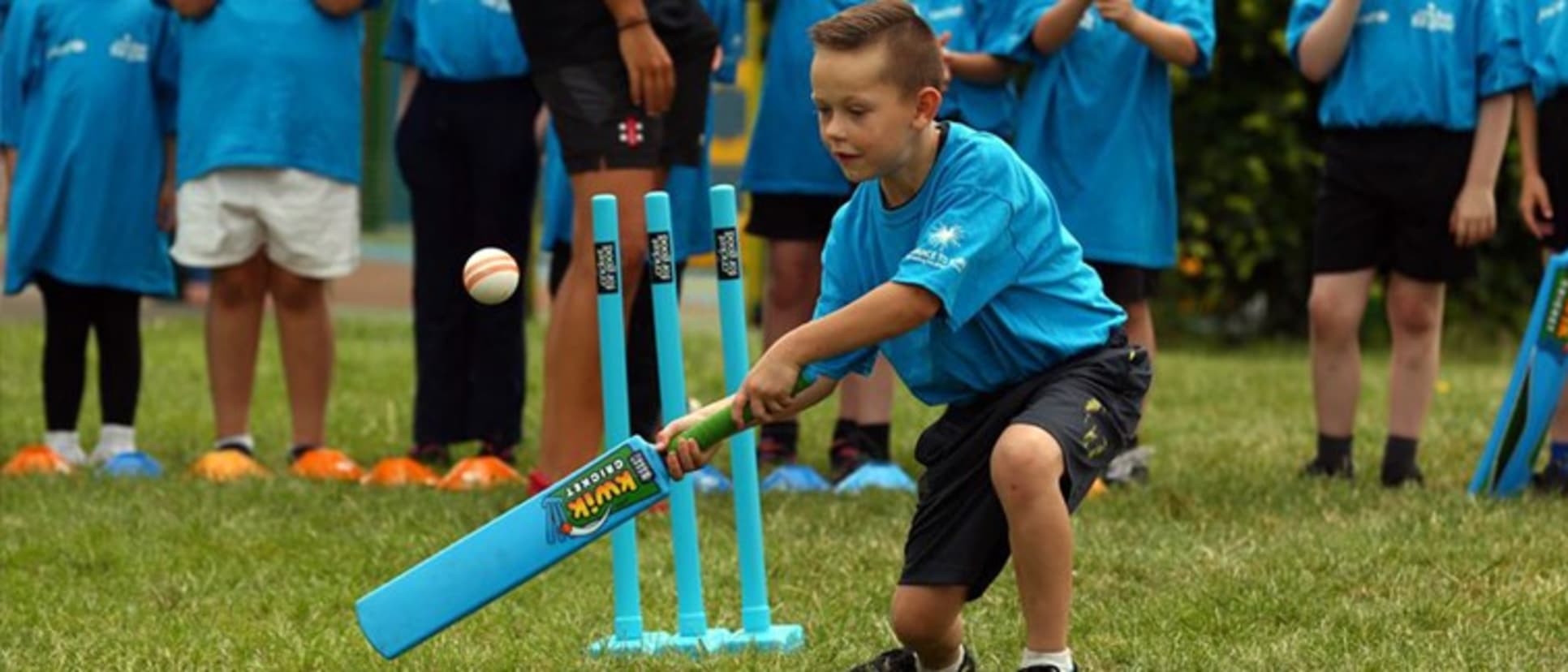What is Safeguarding in sport?

What is Safeguarding in sport?
In simplistic terms, safeguarding in sport is the process of creating a safe and healthy environment that is equitable, respectful, and free of harassment and abuse for all participants – children and adults.
The ICC is committed to delivering a safe environment at ICC Events through its education, secure reporting structures and investigation procedures outlined in the ICC Safeguarding Policy. However, for a safe environment for all cricketers, at all levels, there is a need for National Cricket Federations to implement operational safeguarding policies and procedures in their jurisdiction.
The ICC aims to empower Members to create safeguards in their region through education, guidelines, and resources. But, before the significant steps, it would be pragmatic to debunk some **misconceptions related to the issue of harassment and abuse,**such as:
“Harassment and abuse do not occur in sport.”
Undoubtedly, there are numerous benefits of sport participation; however, research proves that harassment and abuse exist in all sports1. Recent scandals have demonstrated that it exists across multiple sports such as gymnastics, football, athletics, and many other levels.
“Harassment and abuse do not occur in my sport.”
Evidence suggests that abuse and harassment exist in all sports, and incorrect assumptions that the issue exists less in cricket than other sports leads to unsuitable policies and practices2. The sport of cricket is enjoyed worldwide with millions of participants as coaches, players, administrators, and it would be naïve to think cricket is free from harassment and abuse.
“Harassment and abuse in sport only occur in certain countries.”
Numerous studies3-6 have suggested that harassment and abuse in sport exist worldwide. It is the culture in the sporting organization and imbalance of power that instigates immoral behaviour from individuals and or groups.
“If we have never had a reported case of harassment and abuse, this does not concern us.”
Ineffective safeguarding policies to deal with harassment and abuse will not only discourage reporting by those affected, but it will also be less likely to be investigated. Therefore, not having a reported case does not imply that abuse and harassment have never transpired7.
“Harassment and abuse is not a problem for elite athletes.”
Studies7-9 have demonstrated that elite athletes and pathways to the elite level have the highest levels of risk. However, this is not to discount other participants exposure to harassment and abuse.
The below link will help you get started but we recommend and encourage your own research on safeguarding in the sport, understand the national context, and the support structure available in your country. Safe Sport - Athlete365 (olympics.com)
References:
1 Marks, S., Mountjoy, M., Marcus, M. (2011) “Sexual harassment and abuse in sport: the role of the team doctor” British Journal of Sports Medicine, 46(13) pp. 905–908.
2 Fasting, K., Brackenridge, CH, Sundgot-Borgen, J. (2004) “Prevalence of sexual harassment among Norwegian female elite athletes in relation to sport type” International Review for the Sociology of Sport, 39(4) pp. 373–386.
3 Parent, S., Lavoie, F., Thibodeau, M. È., Hébert, M., Blais, M., & Team PAJ. (2016). “Sexual violence experienced in the sport context by a representative sample of Quebec Adolescents” Journal of interpersonal violence, 31(16), 2666–2686.
4 Leahy, T., Pretty, G., & Tenenbaum, G. (2002). “Prevalence of sexual abuse in organised competitive sport in Australia” Journal of sexual aggression, 8(2), 16–36.
5 Fasting, K., Chroni, S., Hervik, S. E., & Knorre, N. (2011). “Sexual harassment in sport toward females in three European countries” International Review for the Sociology of Sport, 46(1), 76–89
6 Mountjoy, M., Brackenridge, C., Arrington, M., Blauwet, C., Carska-Sheppard, A., Fasting, K., & Starr, K. (2016). “International Olympic Committee Consensus Statement: Harassment and abuse (non-accidental violence) in sport” Br J Sports Med, 50(17), 1019–1029.
7 Kirby, S. L., Greaves, L., & Hankivsky, O. (2000). “The dome of silence: Sexual harassment and abuse in sport” Halifax, Nova Scotia, Canada: Fernwood.
8 Fasting, K., Brackenridge, C., & Knorre, N. (2010). “Performance level and sexual harassment prevalence among female athletes in the Czech Republic” Women in Sport and Physical Activity Journal, 19(1), 26–32.
9 Vertommen, T., Schipper-van Veldhoven, N. H., Hartill, M. J., & Van Den Eede, F. (2015). “Sexual harassment and abuse in sport: the NOC*NSF Helpline” International Review for the Sociology of Sport, 50(7), 822–839.